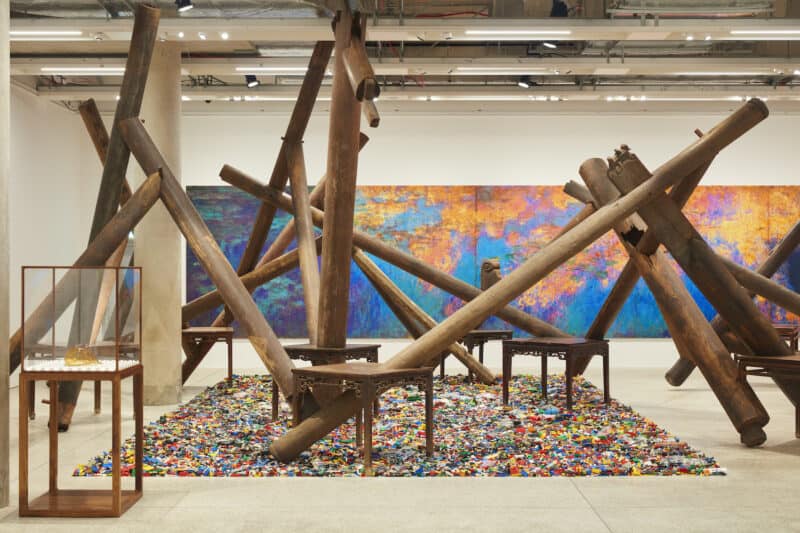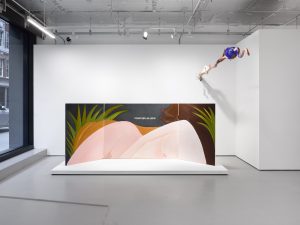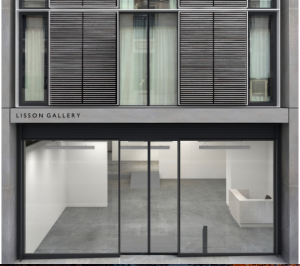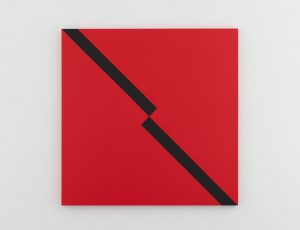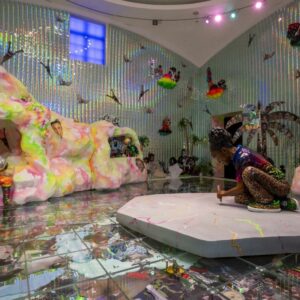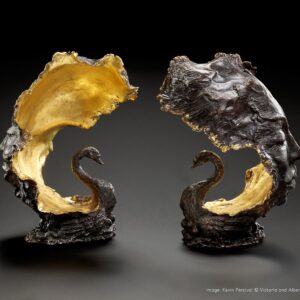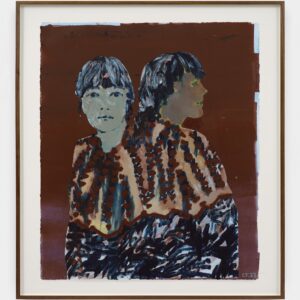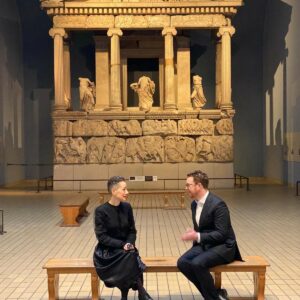Lee Ufan sculptures to be displayed this Summer at the Rijksmuseum.- This summer the Rijksmuseum’s gardens will be the setting for the first solo exhibition in the Netherlands of Korean artist Lee Ufan.

All nine exhibits are part of Lee’s Relatum series, which he has been working on continuously since the 1970s. The stone and metal sculptures will engage in a visual dialogue with the surrounding nature and the museum architecture.
Seven sculptures will be displayed in the gardens that surround the Rijksmuseum, and two will be installed at special locations inside the museum. These minimalist works are outcomes of Lee Ufan’s explorations into what he calls ‘the Art of Encounter’. They are invitations to contemplate, to find a moment of quiet and calm on the museum square.
Lee has recreated several of his key works, especially for this Rijksmuseum exhibition, which juxtaposes recent and older works in the new context of the gardens. The sculptures invite reflection and stillness in a rapidly changing world.
The curators of this exhibition are independent curator and former director of Centre Pompidou, Paris, Alfred Pacquement, and the Rijksmuseum’s curator of 20th-century art, Mels Evers. Alfred Pacquement has been involved in all the annual outdoor sculpture exhibitions since the reopening of the Rijksmuseum and the restored museum gardens in 2013.
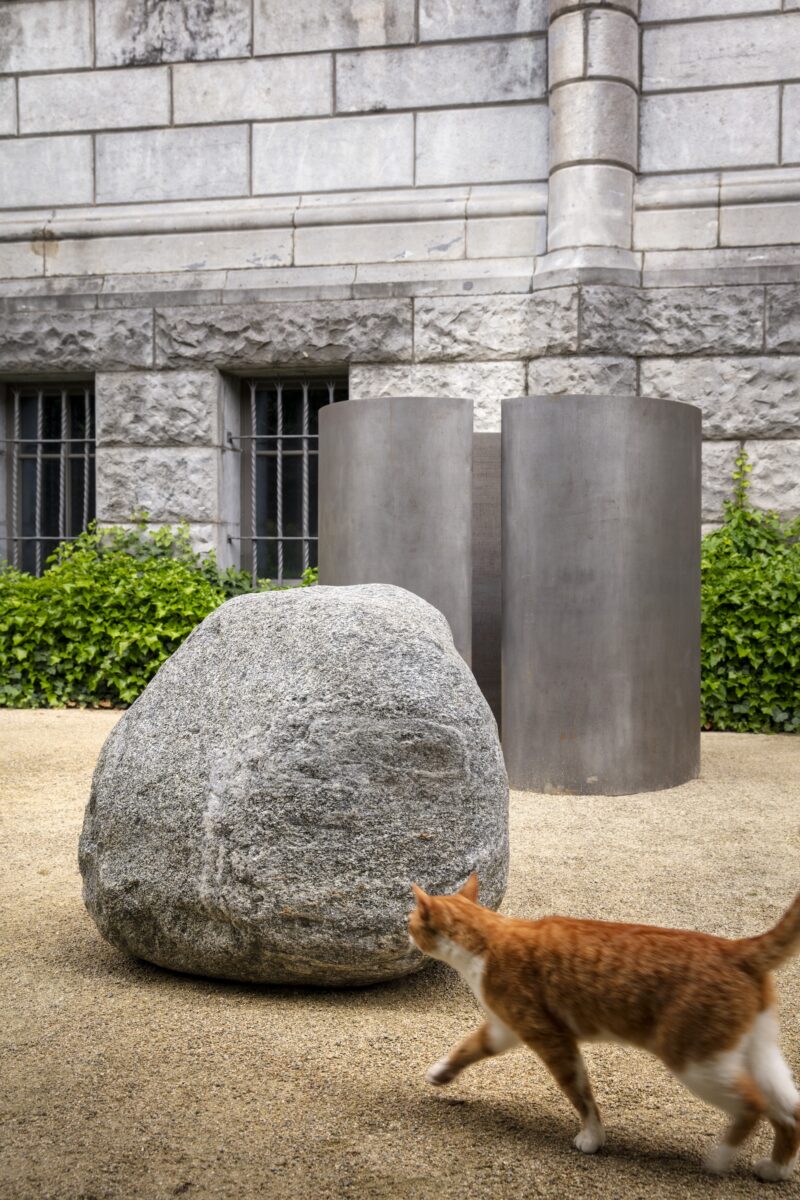
Lee Ufan in the Rijksmuseum Gardens runs from 28th May to 27th October 2024.
Entrance to the gardens is free. The exhibition is made possible in part by the Don Quixote Foundation/Rijksmuseum Fund, Pon and the Rijksmuseum Club. The Rijksmuseum is releasing a catalogue to accompany the exhibition with contributions from Lee Ufan, Alfred Pacquement and Mels Evers.
Lee Ufan in the Rijksmuseum Gardens is the 11th exhibition in the public gardens of the Rijksmuseum. Previous editions were devoted to the work of Henry Moore (2013), Alexander Calder (2014), Joan Miró (2015), Giuseppe Penone (2016), Jean Dubuffet (2017), Eduardo Chillida (2018), Louise Bourgeois (2019), Ellsworth Kelly (2021), Barbara Hepworth (2022) and Richard Long (2023).
About the artist
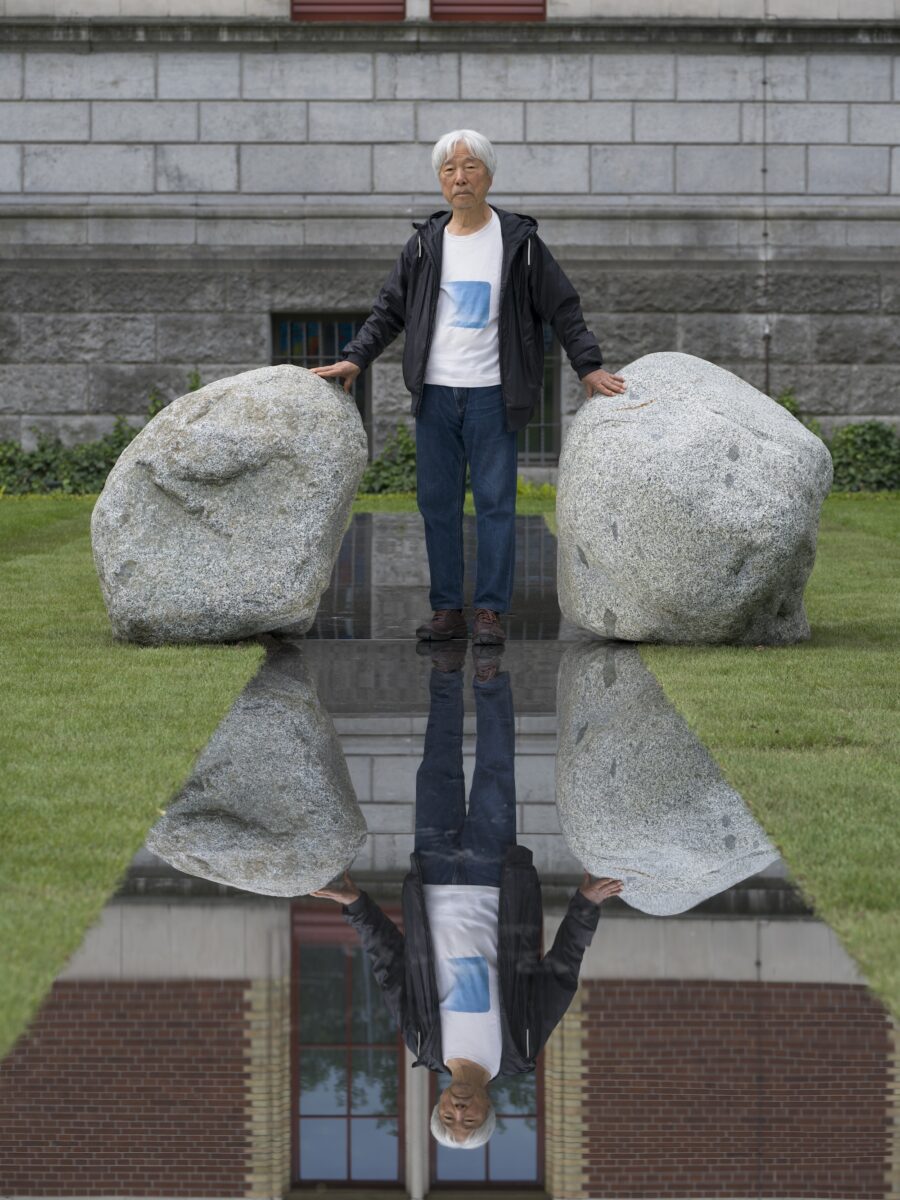
Korean artist Lee Ufan (b. 1936) works in Japan and France. As well as being a sculptor, he is a painter, poet and philosopher. Work by Lee Ufan is held in the collections of renowned museums all over the world, including Benesse Art Site Naoshima, Japan; MoMA and the Guggenheim Museum, New York; Centre Pompidou, Paris; the Tate, London; and the Kröller-Müller Museum, the Netherlands.
Lee is one of the founders of the Japanese avant-garde art movement Mono-ha (‘School of Things’), whose exponents use raw materials and components such as stone, iron and water to explore the relationship between objects and space. Lee was also a central figure in the South Korean art movement Dansaekhwa, which saw artists experimenting with abstraction and materiality primarily through monochrome painting. Distinctive features of these two movements and Lee Ufan’s oeuvre as a whole include minimalism, abstraction and a focus on the material, with a central role for dialogue between the viewer, the surroundings and the sometimes contrasting materials.
